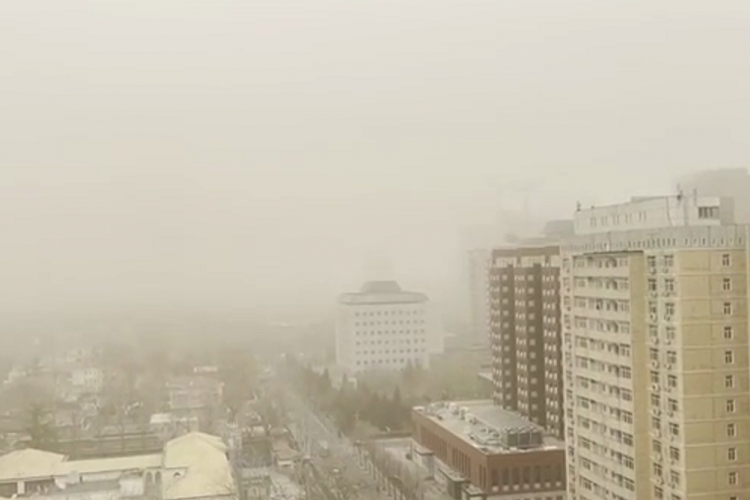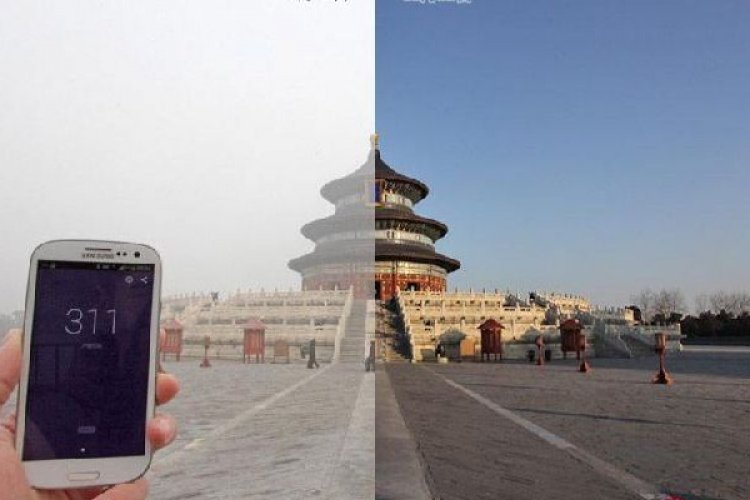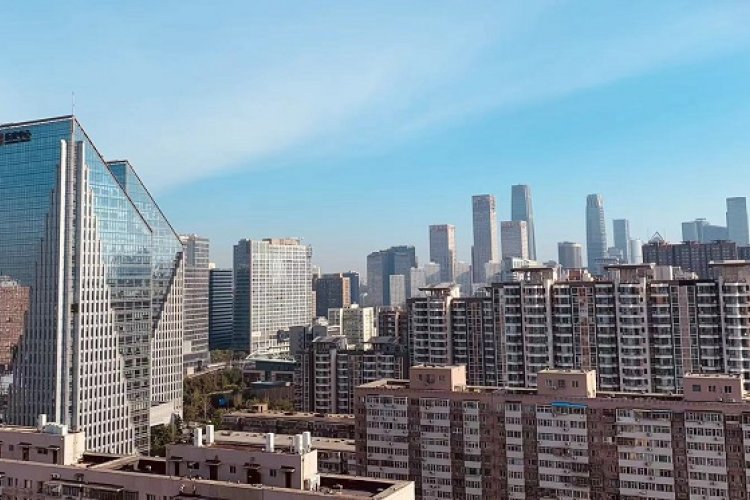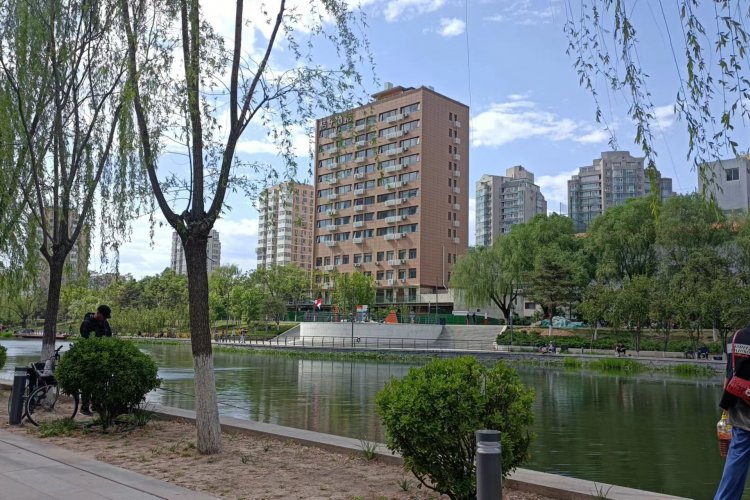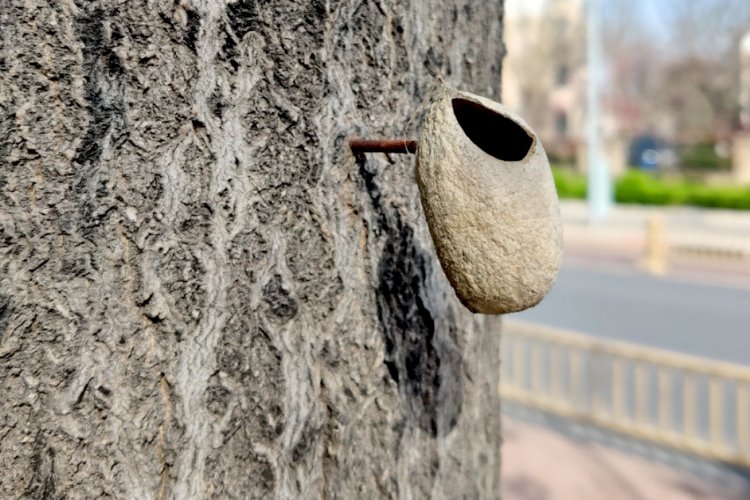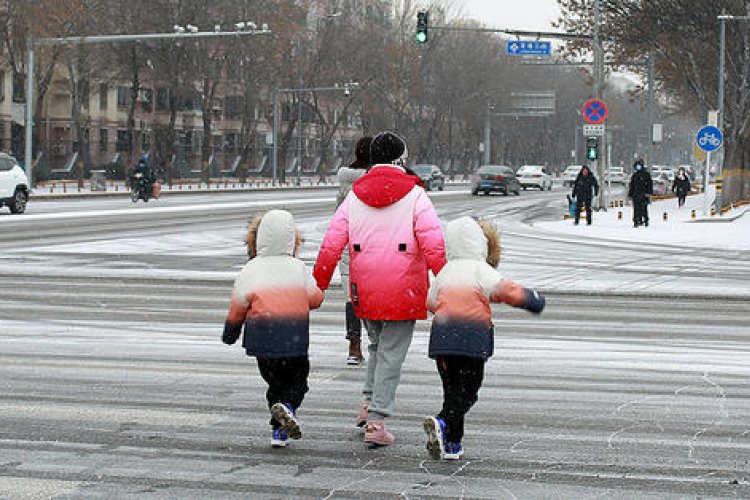Beicology: Pollution Makes You Bald, China Struggles With Coal-to-Gas Transition
How bad is the smog these days, really? Who is keeping tabs on the state of our drinking water? What has the government done about carbon emissions lately? In Beicology we turn our focus toward environmental news in the capital.
Study: Pollution may accelerate baldness
As a male in his late 20’s and who has two bald grandfathers but has so far managed to keep a full head of hair, it pains me to inform you of a possible link between hair loss and air pollution.
South Korean researchers have found evidence that common air pollutants may contribute to hair loss in human scalps. The study, conducted in a laboratory, found that exposing scalp cells to diesel particles and PM10 decreased the presence of proteins associated with hair growth and hair retention.
More real-world research is needed to confirm the relationship between pollution and baldness, but anecdotal evidence from China seems to be in line with the study’s conclusion: Chinese men are going bald earlier than previous generations. However, varying degrees of baldness between different college majors in the country suggests that this could also be related to stress levels, and genetics remains the number one predictor of baldness.
How will Beijing power its heating this winter?
Until last winter, Beijing’s heating was steadily moving away from coal, then in late 2018 the greater Jing-Jin-Ji area suddenly saw a 13 percent spike in consumption. As we previously reported, Beijing proper managed to stay on its path of declining pollution, but the increase in coal-burning caused a bump in the AQI of the surrounding region.
The decline in coal use was primarily due to an attempt to switch to natural gas-powered heating, but the transition has been less than smooth. In 2017, some suburban and rural areas were denied the usage of coal while the natural gas furnaces were still incomplete. As a result, many villages reportedly went without heating for large portions of the day, even as the temperatures dropped as low as 6 degrees Celsius. The subsequent pushback led in part to coal's return.

The question now is whether last year was a minor setback or a sign that the megalopolis is simply unable to cut reliance on coal as quickly as environmentalists were hoping. On one hand, villages and suburbs have had more time to build gas-burning furnaces, but South China Morning Post has now reported that growth in demand for gas is slowing down, which could present another major roadblock in the transition process. According to SCMP, slowing macroeconomic growth and rising gas prices are to blame.
If the embers of coal do continue to defy extinguishment in the surrounding area, the extent to which inner-Beijing is affected could depend, quite literally, on which way the wind blows.
Environmental impact of Daxing Airport
The future of coal may be uncertain, but there is no question that airline emissions are on the rise. Total air passengers carried has doubled globally since 2006, from 2.1 billion to 4.2 billion per year, according to data from the World Bank.
Chinese media has been touting the design of Beijing’s new Daxing airport as environmentally friendly with its ample natural lighting and good insulation. But a recent article by China Dialogue has called attention to the fact that a new airport of this size is almost certain to increase demand for flights even as China’s high-speed rail network provides alternatives to flying.

Beijing isn’t the only Chinese city that is seeing increases in air travel, either. More than 200 new airports are in the works as China trails the United States as the country with the most passengers carried. Together, both countries see more air passengers per year than the 14 countries combined. That means they will both have to make drastic changes in their transport industries if the world is going to meet the emissions reduction goals of the International Civil Aviation Organisation.
READ: Warm Weather and Blue Skies Await: How to Get to Galaxy Soho and This Weekend's Pizza Fest
Images: Vice, Quartz, Biologicaldiversity.org


